2019-04-04
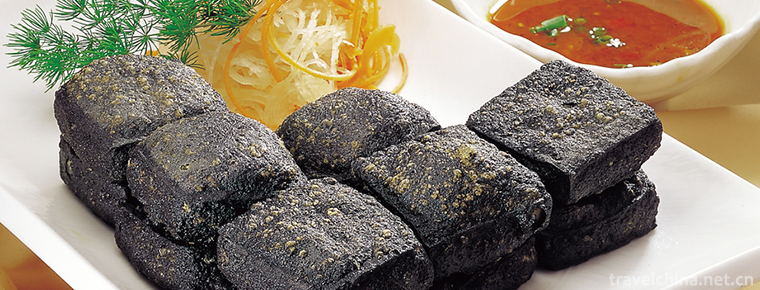
- By ChinaWiki.net
- Chinese Edition
- 2018-11-27
The common name of stinky tofu in Huizhou is "Big Dumb and stinky", which is a characteristic traditional snack in Huizhou, Anhui Province. It was created by Wang Zhihe in the reign of Kangxi in Qing Dynasty.
Huizhou stinky tofu is gray, blue and black on the surface, white as jade in the interior, smells bad and tastes bad. It has a unique flavor. However, due to the complex processing technology of the stinky tofu, it is feared that only tourists who come to Huangshan can eat this delicious snack. Huizhou stinky tofu can be eaten at many snack stalls in Huangshan city.
Legend has it that in the eight years of Kangxi in Qing Dynasty, Wang Zhi and Jin Bang, who came to Beijing from Huangshan in Anhui Province to catch up with the exam, fell into the first place, stayed idle in the guild hall, wanted to return home, had inconvenient transportation and no entanglement, wanted to study in Beijing, prepared to take the exam again, and was far from the next exam period. Helplessly, they had to make a temporary living in Beijing. Wang Zhihe's family was not rich. His father opened a tofu shop in his hometown. Wang Zhihe learned how to make tofu when he was young. So he rented several rooms near the Anhui Guild Hall and bought some simple appliances. He grinded several litres of tofu every day and sold them along the street. In summer, sometimes the tofu left over from the sale will soon become mouldy and inedible, but will not be willing to abandon it. He thought hard about the countermeasures, cut the tofu into small pieces, dried it a little, found a small pot, salted it up, and then shut down, absorbed in studying, and gradually forgot about it.
In the autumn, Wang Zhihe resumed his old business and made tofu to sell. Suddenly I thought of the curd bean curd in the jar. I opened the jar head quickly. A bad smell came to my nose. I took out the curd. It was gray. I tried it with my mouth. I found that after the stink, there was a strong aroma. Although it was not a delicious dish, it was also interesting. Give them to the neighbors to taste, and they all praise them.
Wang Zhihe failed many times, so he had to abandon his studies and business, and process stinky tofu according to the methods he tried in the past. This product is cheap, can accompany meals, suitable for low-income workers to eat, so gradually open up the market, business is booming. After many rounds of raising funds, we bought a paving house in the west of the middle road of Yanshou Street, which is self-produced and self-sold, wholesale and part-time. According to the contract for the purchase of houses, it was in the winter of the seventeenth year of Kangxi. After Wang Zhihe created the unique stinky tofu, he gradually explored a set of production technology of stinky tofu through many improvements. The production scale is expanding, the quality is better and the reputation is higher. In the late Qing Dynasty, it was introduced to the court. Legend has it that Empress Dowager Cixi liked to eat it at the end of autumn and the beginning of winter. She also listed it as an imperial meal dish. However, her name was not elegant, and she named it "Qingfang" according to its green and square characteristics.
In the past, stinky tofu was generally considered "unhealthy" food, but now it has become a good thing. According to Taiwan's "Health" magazine, stinky tofu is rich in plant lactic acid bacteria, which has good intestinal and stomach-strengthening effects.
Stinky tofu is made from high quality soybean. The production process of soybean is relatively complex. The soybean is screened, shelled, soaked, pulped, filtered, boiled, pulped, shaped, partitioned, fermented and other ten processes. Chenggong stinky tofu has a soft texture and exotic fragrance. The ancestors praised the cloud: "The taste is more beautiful, the jade food is not passed on". It has not only high nutritional value, but also good medicinal value. Ancient medical records, stinky tofu can benefit Qi in cold, and the spleen and stomach, pain relief, clearing heat and dispersing blood, lower large intestine turbid gas. Frequent eaters, can enhance physical fitness, body-building skin.
According to the report, stinky tofu contains plant lactic acid bacteria, just like yogurt. Professor Okada Zaomiao of Tokyo Agricultural University, Japan, who is known as the "father of research on plant lactobacillus", found that stinky tofu, pickles and other foods contain high concentrations of plant fungicides, including tannic acid, plant alkaloids, etc., while the survival rate of plant lactobacillus in the intestine is higher than that of animal lactobacillus.
Stinky tofu is a popular snack, which includes dried tofu and stinky tofu. Although stinky tofu is small, its production process is relatively complex. Generally, it goes through several procedures, such as frying, adding halogen and fermentation. During the whole production process, the requirement has been carried out under natural conditions, and the requirement of temperature and humidity is very high. Lu Qi, director of Beijing Food Brewing Research Institute, told reporters that its raw material, dried tofu, is a soybean product with high nutritional value. Its protein content reaches 15%-20%, which is comparable to meat and rich in calcium. After fermentation, proteins are decomposed into various amino acids, and yeast and other substances are produced, so it has the effect of promoting appetite and digestion. The stinky tofu has low saturated fat content, no cholesterol, and soybean isoflavone, which is a special health ingredient in soybean. So it is called "vegetarian cheese" in China. Its nutritional value is even higher than that of cheese.
Eating stinky tofu can also play an active role in preventing senile dementia. A scientific study shows that the most significant change in nutrient composition of stinky tofu is the synthesis of a large number of vitamin B12. Every 100 grams of stinky tofu can contain about 10 micrograms. Vitamin B12 deficiency can accelerate the aging process of the brain and induce Alzheimer's disease. In addition to animal foods, such as meat, eggs, milk, fish and shrimp, which contain more vitamin B12, fermented soybean products can also produce a large amount of vitamin B12, especially stinky tofu.
The management of stinky tofu all over the country is called "no stink, no money". The analysis shows that the more beautiful the beauties are, the more they like stinky tofu. There are some condiments in the formula of stinky tofu. It's good for your health to eat some condiments in moderation. For example, many condiments, such as pepper (refined, Hunan specialty), are good to eat in moderation. It has been shown that chili pepper can increase gastrointestinal peristalsis after it enters the human body, thus promoting metabolism in the human body, making people defecate smoothly and refreshing. Pepper is also rich in vitamin C, which is the main component of maintaining the immune system in the human body. It is believed that many people also have a deep understanding (people who like peppers have fewer colds than those who don't like them). Medical experts (nutrition) remind us that we should supplement enough vitamin C-rich foods every day, such as turnips and vegetables, but it is still not appropriate to eat more.
The results showed that methylamine, putrescine, tryptamine and hydrogen sulfide were produced in soybean products during fermentation. They have a special odor and strong volatility, and eating more is not good for health. In addition, the amine substances have been stored for a long time, and may also react with nitrite to form strong carcinogen nitrosamines.
Although stinky tofu is small, its production process is rather complicated, and it must go through several procedures, such as frying, adding halogen and fermentation. Throughout the production process, the requirements have been carried out under natural conditions, and the requirements for temperature and humidity are very high. Once the control is not good, it is easy to be contaminated by harmful bacteria, light people will cause gastrointestinal diseases, heavy people will also lead to the proliferation of Botulinum toxin, a toxic substance - Botulinum toxin. Prime. This is a neurotrophic toxin with strong toxicity. The reported poisoning of stinky tofu is caused by this toxin.
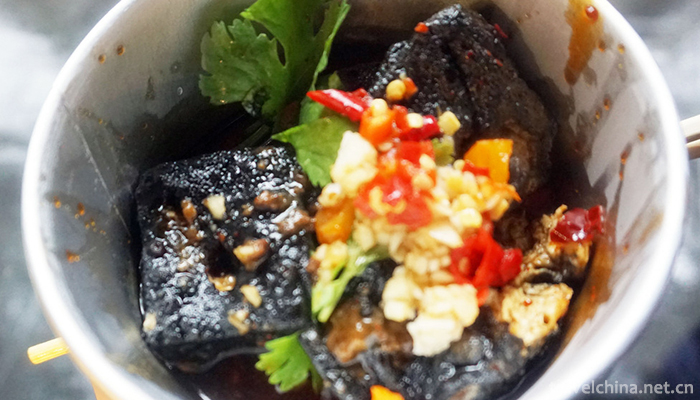
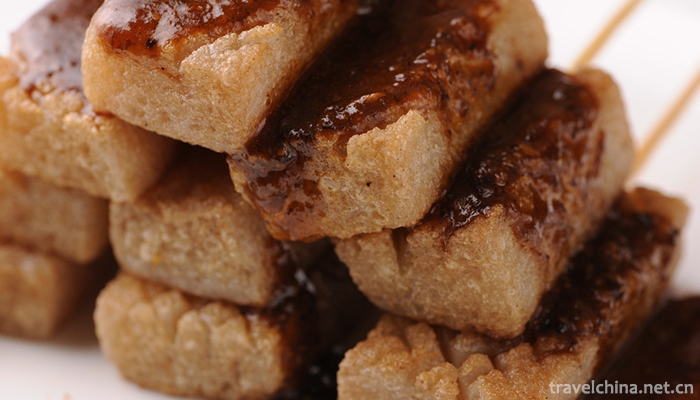
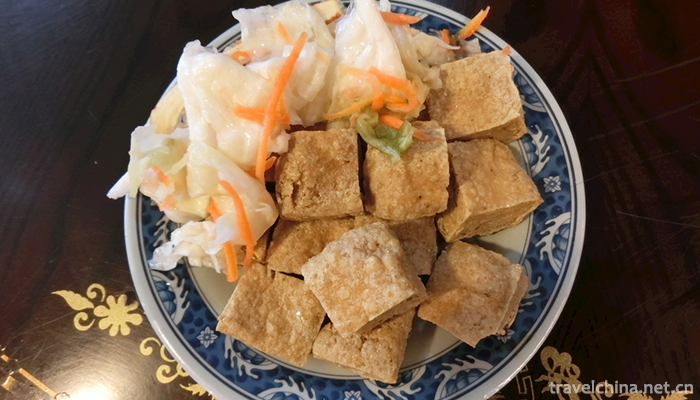
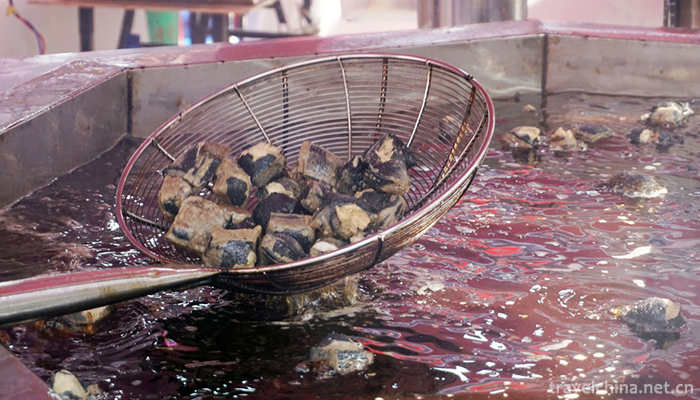

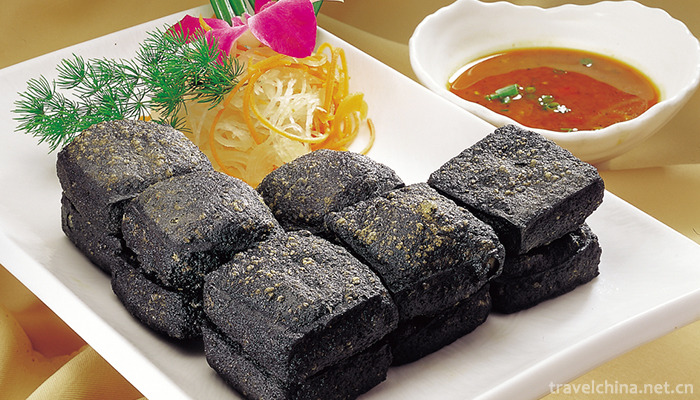
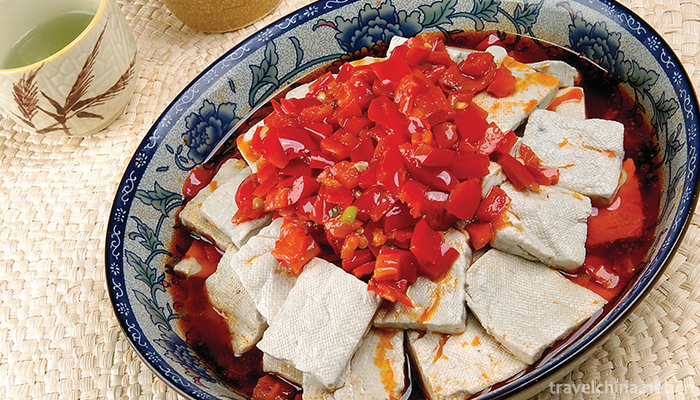
Ask a Question
Your email address will not be published.
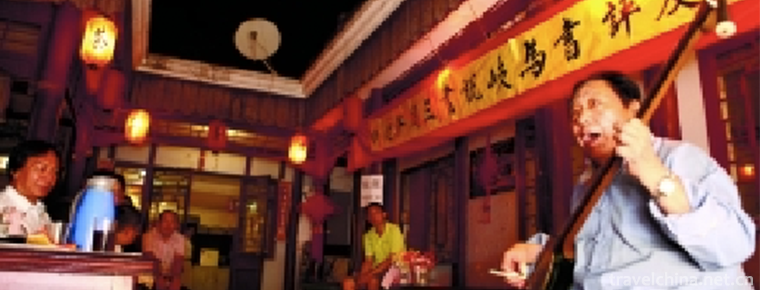
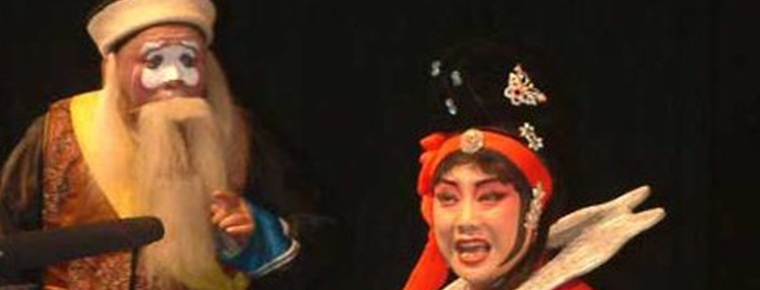
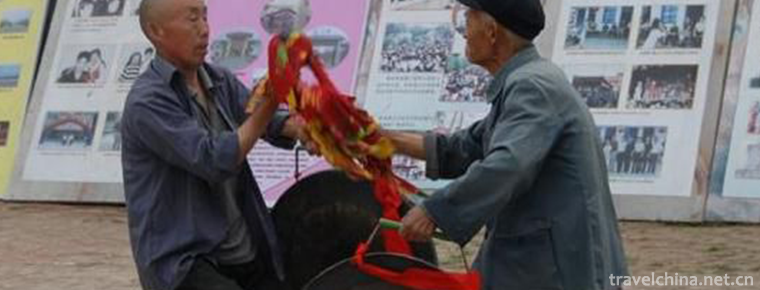
0 Questions